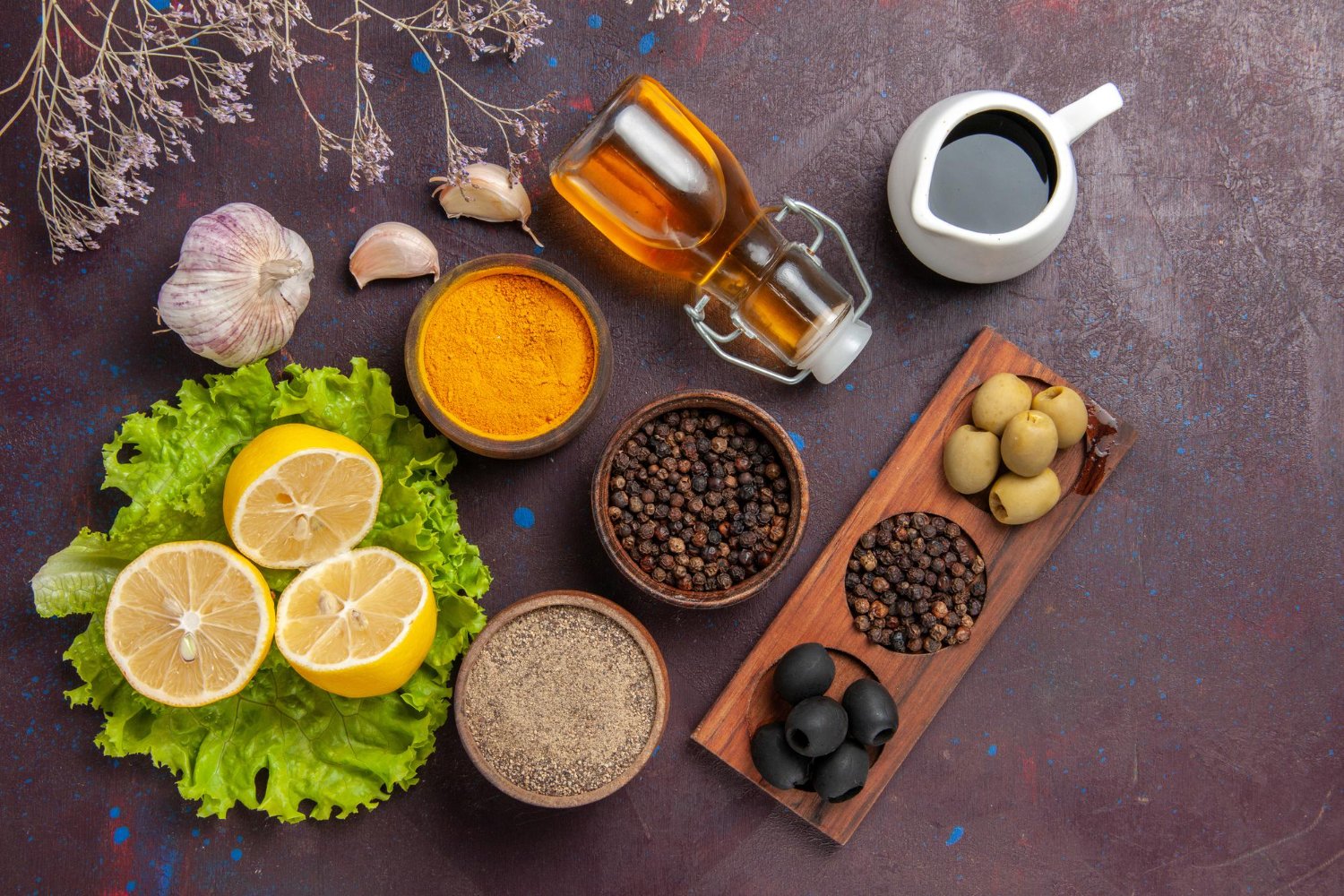Breastfeeding is a beautiful and natural way to nourish your baby. However, many new mothers experience nipple injuries that can make this seemingly effortless act painful and discouraging. If you’re facing nipple injuries, you’re not alone, and there is hope for healing and progress.
Understanding Nipple Injuries In Breastfeeding
Breastfeeding is a learned skill, and it’s not uncommon for new mothers to experience nipple injuries. Understanding the causes of these injuries can help you take proactive steps to prevent and address them. Nipple injuries can occur due to various reasons, such as incorrect latch technique, tongue-tie, thrush, or even the use of specific breast pumps. Identifying the root cause is essential to develop an effective treatment plan.
Common Causes Of Nipple Injuries
One of the most common causes of nipple injuries is an improper latch. When your baby doesn’t latch correctly, it puts excessive pressure on your nipples, leading to soreness, cracking, or bleeding. Other factors, such as tongue-tie, where the frenulum restricts the movement of the tongue, can also contribute to nipple injuries. Additionally, conditions like thrush, a fungal infection, can cause pain and discomfort during breastfeeding.
Signs And Symptoms Of Nipple Injuries
Recognizing the signs and symptoms of nipple injuries is crucial for early intervention and treatment. If you experience soreness, pain, cracked or bleeding nipples, or notice your baby struggling to latch or feed effectively, it may indicate a nipple injury. It’s essential to address these symptoms promptly to prevent further damage and ensure a successful breastfeeding journey.
The Impact Of Nipple Injuries On Breastfeeding
Nipple injuries can have a significant impact on both the physical and emotional aspects of breastfeeding. The pain and discomfort can make breastfeeding a stressful and daunting experience, leading to decreased milk supply and potential early weaning. It’s essential to address nipple injuries promptly to ensure a positive and fulfilling breastfeeding journey for both you and your baby.
Seeking Help And Support For Nipple Injuries
When dealing with nipple injuries, it’s crucial to seek help and support from professionals who specialize in lactation. Lactation consultants can provide guidance on proper latch techniques, assess and address any underlying issues, and offer practical solutions to overcome nipple injuries. Connecting with other breastfeeding mothers or joining support groups can provide valuable encouragement and advice.
Treating Nipple Injuries At Home
There are several home remedies and self-care practices that can aid in the healing of nipple injuries. Applying warm compresses before and after breastfeeding can help soothe sore nipples. Good hygiene practices, such as keeping the nipples clean and dry, can prevent further irritation and promote healing. Using lanolin-based nipple creams or ointments can relieve and protect the nipples from further damage.
Professional Treatments For Nipple Injuries
In some cases, professional treatments may be necessary to address severe or persistent nipple injuries. Lactation consultants or healthcare providers may recommend using breast shields, which can help protect the nipples and promote healing. They may also suggest alternative feeding methods, such as using a syringe or a supplemental nursing system, to allow the nipples to heal while still providing breast milk to the baby.
Preventing Nipple Injuries In Breastfeeding
Prevention is vital when it comes to nipple injuries in breastfeeding. Ensuring a proper latch from the beginning can significantly reduce the risk of injuries. Learning and practicing correct latch techniques, such as positioning the baby’s mouth wide open and aiming the nipple toward the roof of the mouth, can help prevent nipple damage. Regularly checking for signs of tongue-tie or other underlying issues can also contribute to avoiding nipple injuries.
Coping With Pain And Emotional Challenges
Dealing with the pain and emotional challenges of nipple injuries can be overwhelming for new mothers. It’s important to prioritize self-care and seek emotional support during this time. Relaxation techniques like deep breathing or meditation can help manage pain and stress. Connecting with other breastfeeding mothers who have overcome nipple injuries can provide a sense of reassurance and inspiration.
Moving Forward: Healing And Progress In Breastfeeding
With the proper support and proactive measures, nipple injuries can heal, and breastfeeding can become a positive and empowering experience. As you continue your breastfeeding journey, monitoring your progress and seeking help, if needed, is essential. Remember that healing takes time; every step forward represents your strength and dedication as a mother.
Breastfeeding should be a positive and empowering experience for you and your baby. Let’s turn your pain into progress and help you overcome nipple injuries, allowing you to enjoy the many rewards of breastfeeding fully.
Breastfeeding mothers must be educated on skills and strategies that promote successful breastfeeding and are offered support to help facilitate successful breastfeeding. Breastfeeding education and support improve breastfeeding outcomes. Improper positioning and latching may contribute to breastfeeding cessation and supplementation. Newborn elimination patterns can indicate that the infant is getting sufficient milk. Hand expression instruction may help mothers self-manage engorgement-related pain.




